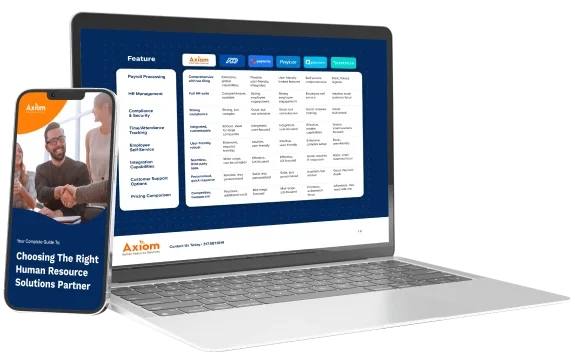Workers’ compensation premiums can really hurt your profitability, especially if you’re in a high-risk industry. And if you’re one of the unlucky few who have higher-than-usual claims within a high-risk business, keeping up industry-average profitability is almost impossible.
So what can you do?
There is just one answer—just one effective, sustainable approach: Get proactive and focus on injury prevention and loss mitigation.
Baseline OSHA compliance is the place to start for a company in its infancy or a mature company that lacks basic safety programs and initiative. In any high-risk industry, OSHA compliance is mandatory and relatively inexpensive. Non-compliance, on the other hand, is costly in the form of penalties, fines, and increasing insurance premiums.
But that’s just a starting point. Truly minimizing risk requires a loss-limitation program, too. In other words, when an inevitable loss does occur, a business needs set procedures for addressing it. OSHA refers to this as an “Emergency Action Plan,” and as with many of the basic requirements of the Act, it doesn’t quite go far enough.
Employers who are serious about minimizing loss from workplace injury need a structured Return to Work program. That program should include guidelines and expectations for workers’ compensation claimants and dedicate personnel to follow up with injured employees who are out of work.
Even insurance adjusters who are very good at what they do have a large caseload of injured employees, many of whom enjoy a bit of paid time off of work; therefore, companies are wise to employ someone who can act as a liaison between the insurance company, the medical providers, and the insured when it comes time for the employee to return to work.
Businesses reduce claims when they enact an Emergency Action Plan and a Return to Work program that lay out detailed guidelines from accident all the way through the employee’s return.
So where do you start? For companies in which key personnel are too busy generating revenue to build a structured and compliant safety program, outsourcing is likely the answer. For companies adamant about keeping these functions in house, OSHA provides a multitude of free resources to help those who wish to help themselves. OSHA will even send out a consultant to review programs and procedures—free—under complete anonymity and under firm restriction from assessing fines and penalties.
Axiom provides these services on a regular basis, and there are myriad Human Resource Outsourcing firms and Human Resource Consultants who put together these programs for companies in need. Whether you are a do it yourselfer or prefer to outsource such headaches, an ounce of prevention regarding workers’ compensation is worth a lot more than a pound of cure.
